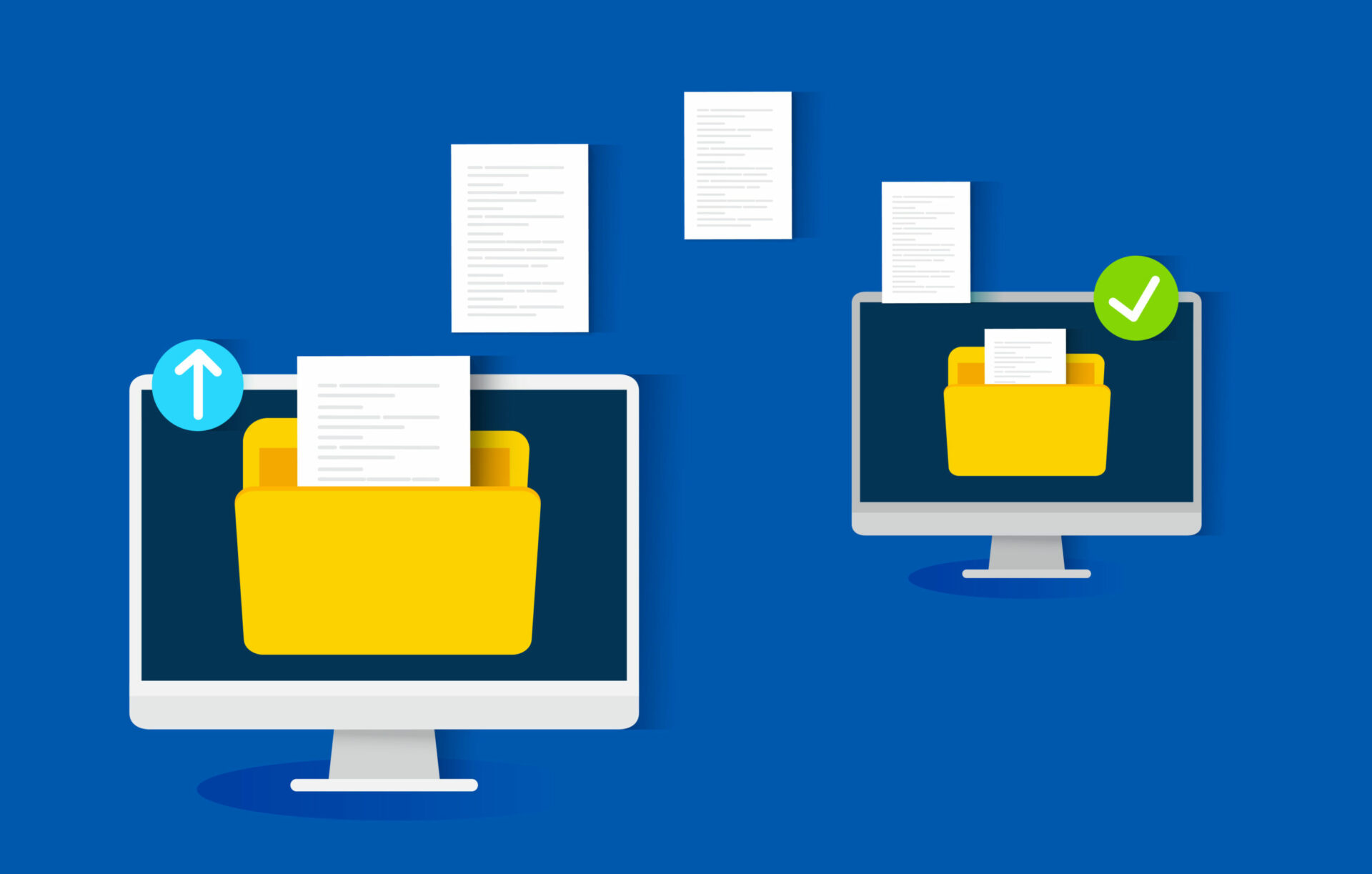It’s no secret that when an employee leaves a company, their login credentials and other sensitive data should be immediately revoked. But what about all of the digital files and accounts they may have access to? In today’s world, there can be a lot of them – from social media profiles to cloud storage accounts. Thankfully, there are steps you can take to help minimize the risk of any sensitive data falling into the wrong hands. Check out our digital employee offboarding checklist to make sure your business is securely prepared for when someone leaves. Knowledge transfer is crucial to ensure that workers aren’t lost when they leave your organization. The vast corporate storehouse of digital information should not disappear without a trace – especially if trained on how best to use their skillset or accumulate new ones while working within you! It may seem like something simple and straightforward at capturing what social media app someone used for company posts could suffice in documenting procedures/workflows but there are other aspects too important not to take note off during exit interviews – productivity leverage being one example where having access to recent projects might help preventively manage employee performance It’s time to take back our social media accounts from the people who don’t work for us. If you see something on Facebook or LinkedIn that looks fishy, reach out and ask them what they are doing there! It is important we address any connections of an employee before it becomes too late – do not forget about their personal account either (especially if it’s linked with a company logo). You can’t assume that your HR or IT department has a list of all the apps and website logins an employee uses for work. This is usually done without realizing how security risks this poses, so it’s important to make sure you know what those possibilities might be before continuing onward with them in any situation! The first thing you should do after an employee leaves is to change their password so they can’t get into any of your company information or email as a former worker. It’ll also stop them from trying to send emails on behalf of the business anymore! Password protection is a must. You should also make sure that other employees don’t have access to your old accounts since they might be using their personal devices for work again and forget about signing out completely when switching between different machines or losing connection at home/office etc. The best way around this problem? Use oneSignOn! which simplifies everything by allowing users never to have to worry about remembering yet another password! It’s important to recover any company-owned devices from an employee’s home. If they are remote workers, you should make sure that their workspace is also accessible and clear when it comes time for them not working there anymore so nothing gets lost or forgotten about after everyone has left on vacation for instance! As more companies implement a bring your own device (BYOD) policy, the offboarding process becomes increasingly difficult. You need to ensure you’ve captured all company data on those devices and create an easy way for employees who want access can get back up-to-speed with their work in case of emergencies or if they’re away from laptops/tablets at home without WiFi capabilities while traveling abroad during sabbaticals—especially since many workers use these methods as part-time jobs outside normal working hours alongside other full-time roles! They say it takes a village to raise a child. Well, in this instance we need an entire company because without proper security measures taken by all parties involved—you’re leaving yourself wide open for hackers! Don’t let your employee’s data get stolen while they are off on vacation or sick with something else that requires caretaking of them at home such as elderly parents who can’t look after themselves properly any longer etc., so make sure when transferring employee cloud accounts from one device/platforms systems into another – close those old ones immediately With an endpoint device management system, you can easily revoke any former employee’s access to their approved devices. Remove the individual from your list of hired equipment and stop giving them permissions or licenses for activities on company property as well! The best way to protect your building and its inhabitants from outside threats is through physical security. Make sure any digital gate or door passcodes are changed so that no one can gain entry without permission, especially if you have an emergency situation on hand! So, what’s the best way to reduce offboarding security risk? By implementing a digital offboarding checklist like the one we’ve provided. This will help you ensure all employee data is properly transferred and secured before their departure. If you need help getting started or want more advice on how to keep your business safe, don’t hesitate to reach out to us for a free consultation. We have years of experience in cybersecurity and can work with you to create a plan that keeps your company protected against any potential threats.
Knowledge Transfer
Address Social Media Connections to the Company
Identify All Apps & Logins the Person Has Been Using for Work
Change Email Password
Change Employee Passwords for Cloud Business Apps
Recover Any Company Devices
Recover Data on Employee Personal Devices
Transfer Data Ownership & Close Employee Accounts
Revoke Access by Employee’s Devices to Your Apps and Network
Change Any Building Digital Passcodes
Conclusion
Swift Chip provides managed IT and cybersecurity services for a wide variety of companies in fields with stringent privacy and compliance requirements.
11600 Washington Place - Suite 116 C, Los Angeles, CA 90066
[email protected] 310-881-8770